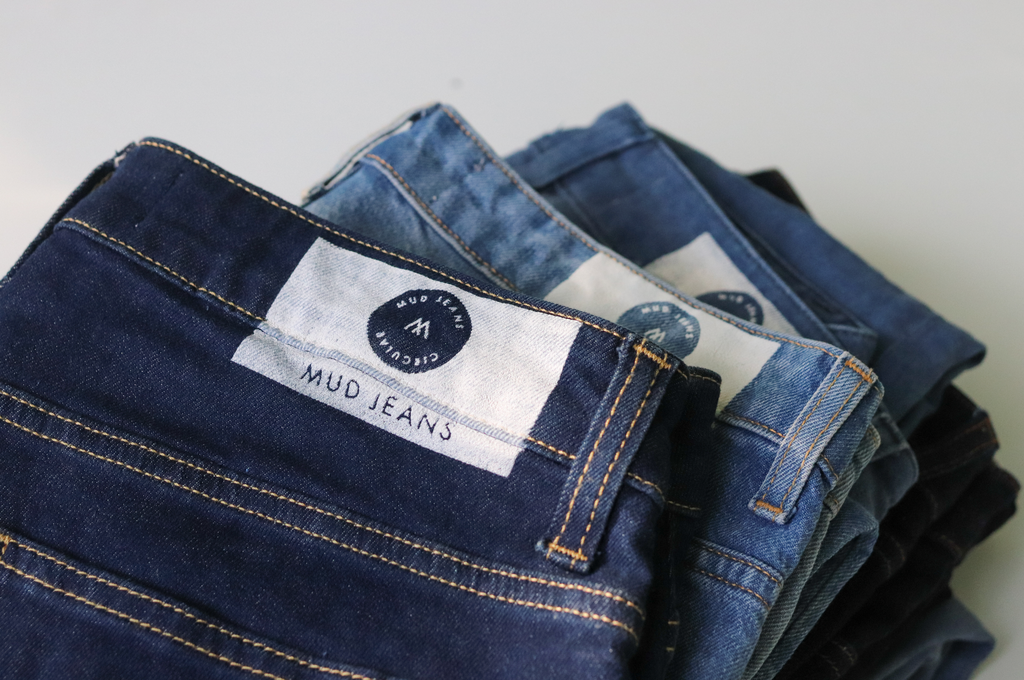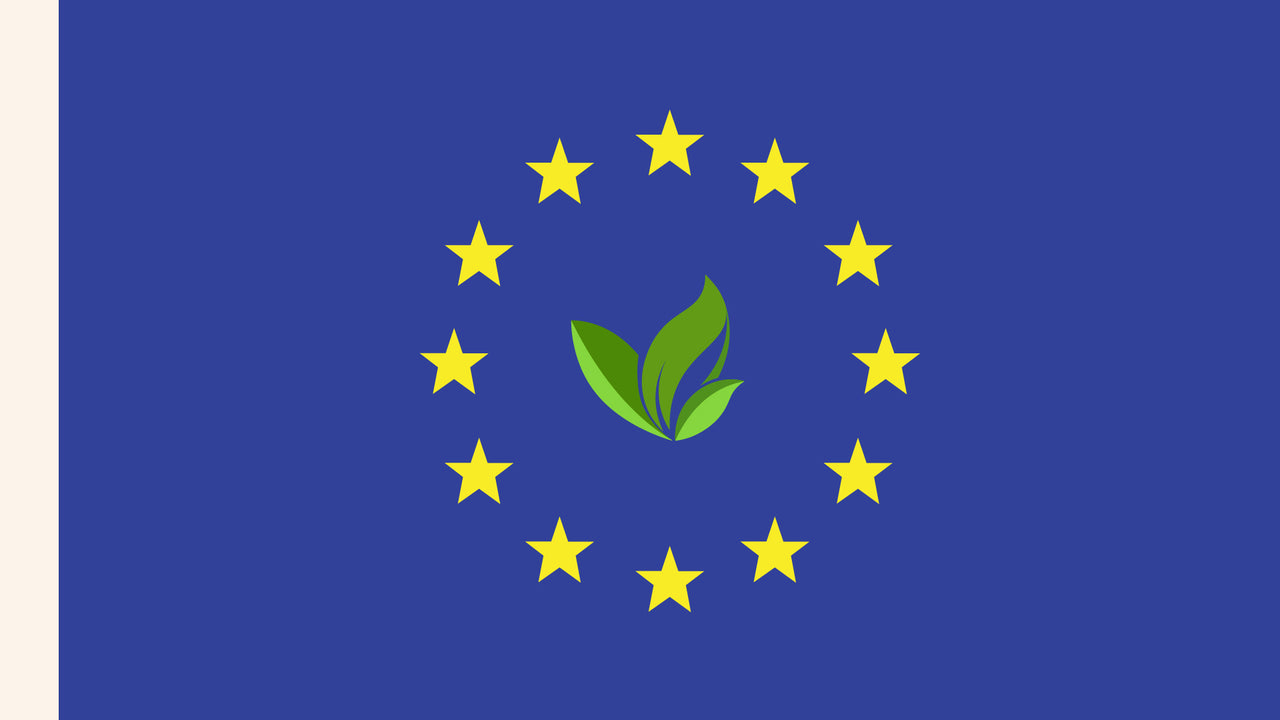How does the EU envision the future of the textile industry?
The EU strategy highlights the importance of urgent change within the textile industry. As mentioned within its communication, between 2000 and 2015 textile consumption worldwide has almost doubled and, in the EU, around 5.8 million tonnes of textiles are discarded annually. The strategy aims to combat these and other issues through a number of proposed measures and states the following as their vision for the future:
"By 2030 [EU] textile products [...] are long-lived and recyclable, to a great extent made of recycled fibres, free of hazardous substances and produced in respect of social rights and the environment. Consumers benefit longer from high quality affordable textiles, fast fashion is out of fashion, and [...] re-use and repair services are widely available. [...] producers take responsibility for their products along the value chain, including when they become waste. Circular textiles [are] thriving, driven by [...] fibre-to-fibre recycling, while the incineration and landfilling of textiles is reduced to the minimum."
Through which measures should this be achieved?
1. Introducing mandatory Ecodesign requirements
Ensuring a longer life of textile products and designing with circularity in mind are some of the key ways to reduce the impact of this industry. For this reason, the EU will develop binding requirements for increased durability, reusability, reparability, and fibre-to-fibre recyclability of textiles. Also a mandatory recycled fibre content will (finally!) be introduced and the amount of hazardous substances being used will be minimised.

2. Stopping the destruction of unsold or returned textiles
Another important issue addressed by the strategy is the reckless destruction of unsold or returned products. Not only do such practices contribute to landfill and incineration practices but it also wastes the precious resources used in their production. To counteract this, the EU strategy announces that companies will be required to disclose the number of products discarded or destroyed by them. In addition, the destruction of unsold (and, where appropriate, returned) textiles will be forbidden.
3. Tackling microplastic pollution
Synthetic fibre pollution is yet another problem of the textile industry increasing in magnitude, with up to 40,000 tonnes being released yearly just through washing machines. The aim is to tackle this problem through a number of measures such as binding design requirements, promoting washing machine filters, improved washing guidelines, and increased regulation of waste water treatment.
4. Introducing information requirements and a Digital Product Passport
For too long, the textile industry has lacked transparency, whereas the availability of information on sustainability aspects can help businesses make necessary changes. For this reason, the EU will introduce a Digital Product Passport for textiles through which mandatory information on circularity, manufacturing countries, and other environmental aspects must be disclosed.
5. Green claims for truly sustainable textiles
Greenwashing is becoming more and more present in our lives: recent findings have shown that around 39% of sustainability claims in the fashion industry could be misleading. In the future, vague claims such as "eco-friendly" may only be used by businesses who's environmental excellence has been recognised, for example by the EU Ecolabel. By the end of 2022 there will also be minimum requirements for making any type of sustainability claim. Finally, consumers will be provided a commercial guarantee of durability and repair information when purchasing a product.
6. Extended producer responsibility and boosting reuse and recycling of textile waste
Extended Producer Responsibility (EPR): music to our ears! For a long time, MUD Jeans has been pushing the importance of giving producers responsibility for their waste through EPR measures. And although our voice was probably not the deciding factor, we are beyond excited about upcoming developments on this issue! Once EU measures make companies accountable for the end of life of their products, it is likely that reuse, recycling, and design for circularity will significantly increase. Fingers crossed!

But haven't we forgotten something?
Many of the above measures answer to the complaints that we have long been making about the existing issues within the fashion industry. The goals are positively ambitious and, when properly executed, may truly contribute to change. However, numerous sources, such as the Fashion Revolution organisation, have made an important point: while the above measures could truly reduce the negative impact the textile industry is having on the environment, there is more to sustainability than environmental impact. Social impact plays an important role in sustainability and has arguably not been sufficiently addressed within the strategy.
Numerous social issues within the textile industry could benefit from increased regulation. As argued by Sergi Corbalán of the Fairtrade Advocacy Office, there are still unequal power balances between brands and suppliers. This can be seen through short lead times and too low buying prices, leaving little margin to invest in sustainable production, workplace safety, or living wages. Others argue that more transparency within supply chain mapping is needed and that information on issues such as wages and working conditions should be considered when looking at Digital Product Passport data.
As stated by Judith Kirton-Darling from IndustriAll Europe: "Workers are at the heart of a sustainable and circular textiles sector, and concrete action is needed to ensure that the green transition of the sector is a just transition which means leaving no worker or region behind."

Jeans made fairly
At MUD Jeans we aim to show that things can be done differently. We have intentionally maintained a small supply chain and fostered an equal relationship with all of our supply chain partners. Through regular visits & exchanges in addition to third party audits, we aim to enable trust and transparency from all sides. Sustainable production and good working conditions are shared values across (and beyond) our supply chain which must always be facilitated through a just collaboration across partners and regulatory support. Our hope is that future regulation will take the importance of both environmental and social sustainability into account.
If you would like to read the full strategy you can do so here. It highlights many more important issues such as limiting textile waste exports, combating overproduction and overconsumption, ensuring fair competition, and supporting relevant research and investments.
